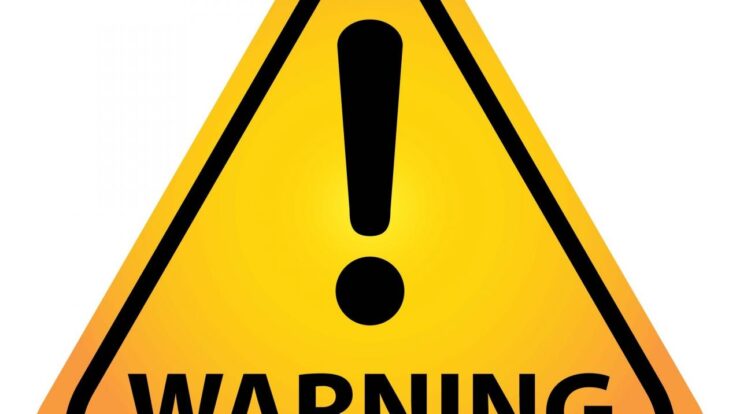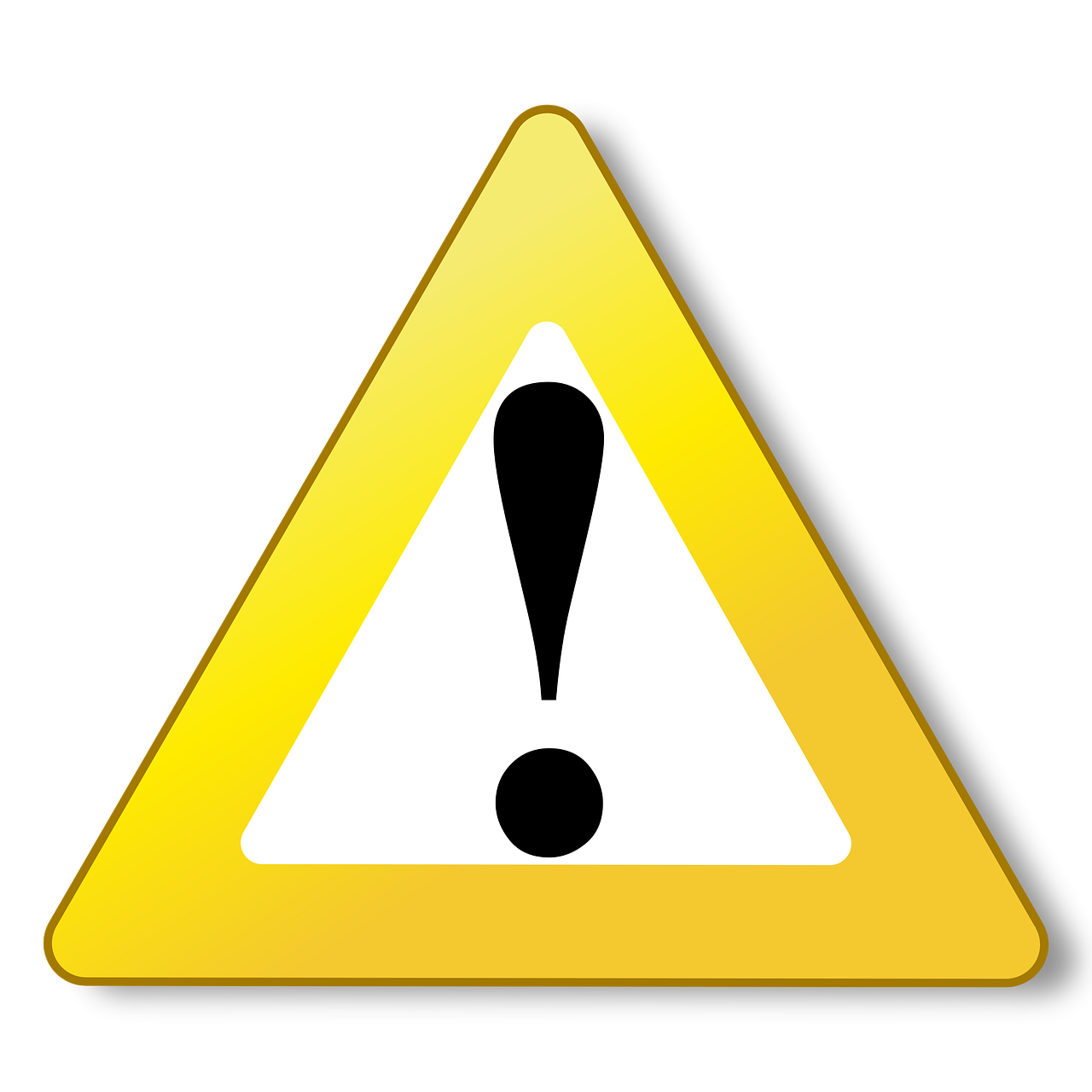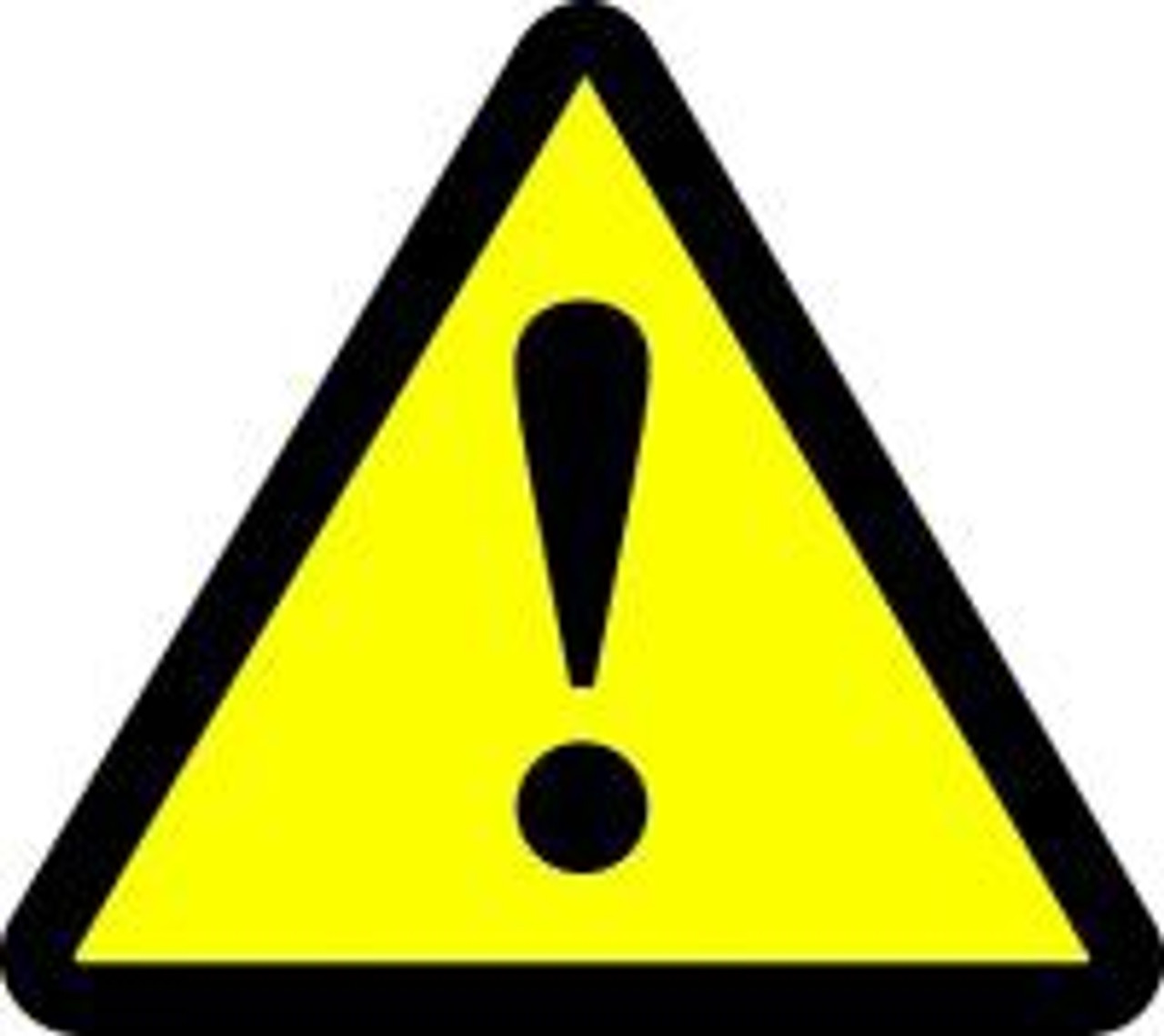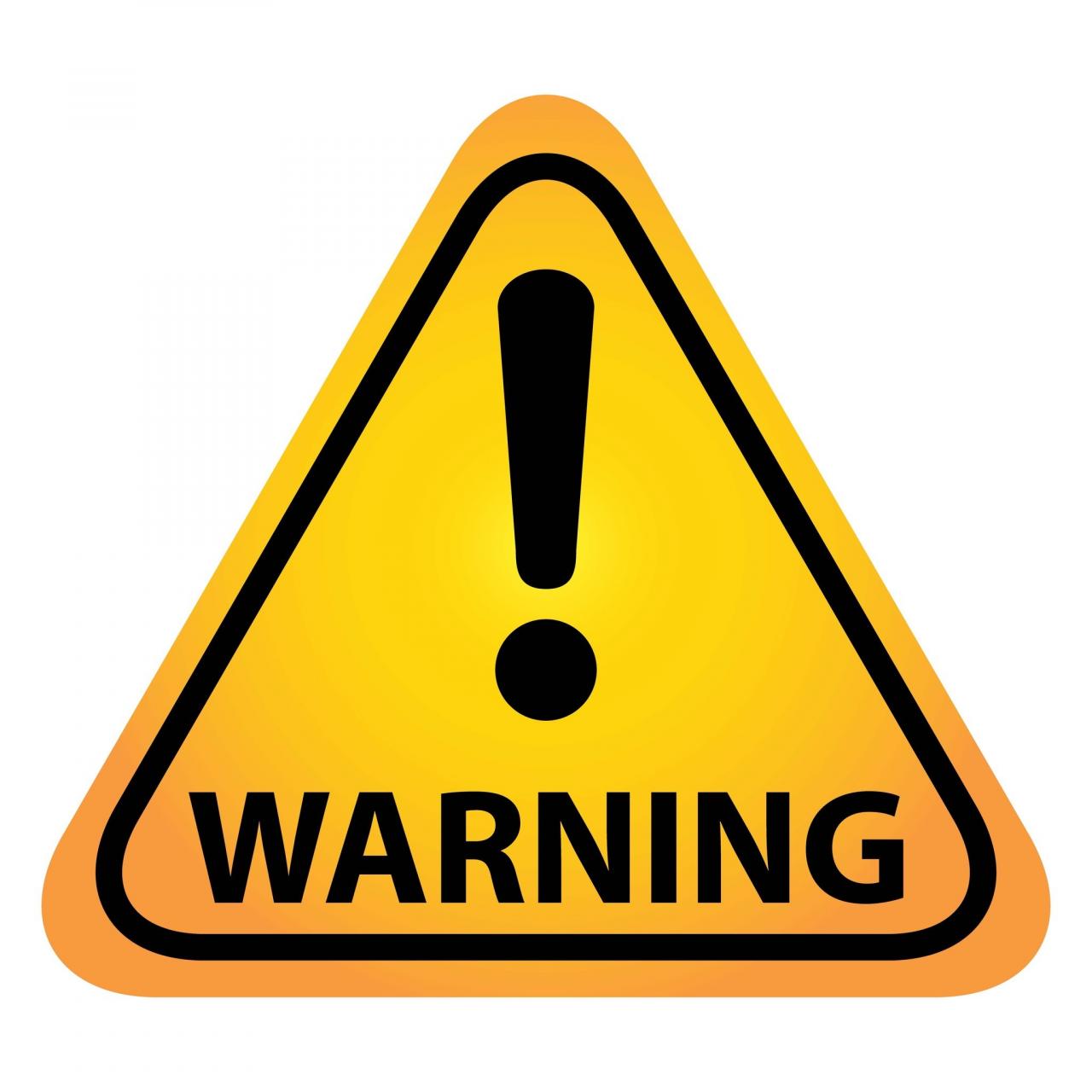
When it comes to severe weather, knowing the difference between a watch and a warning can be critical. Is watch or warning worse? The answer depends on the specific situation, but understanding the severity levels and their potential impacts is essential for staying safe.
Watches are issued when conditions are favorable for severe weather to develop, while warnings indicate that severe weather is imminent or already occurring. The factors that determine whether a watch or warning is issued include weather conditions, population density, and infrastructure.
Severity Levels: Watch vs. Warning

Understanding the severity levels of weather alerts is crucial for safety and preparedness. Let’s explore the distinct characteristics, purpose, and significance of watches and warnings.
Stay tuned for the latest Lakers watch , where we’ll bring you all the highlights and analysis from the NBA’s most iconic team. We’ll also be keeping a close eye on the OGE system watch to keep you informed on the latest updates from the government.
1. Define Severity Levels, Is watch or warning worse
Watches and warnings are distinct levels of weather alerts issued by meteorological agencies to indicate the potential for hazardous weather conditions. They differ in their severity and the actions they warrant.
- Watch:Indicates that conditions are favorable for the development of severe weather, but the exact timing and location are uncertain.
- Warning:Issued when severe weather is imminent or already occurring in a specific area.
Watches provide advance notice, allowing individuals to monitor the situation and prepare for potential impacts. Warnings, on the other hand, require immediate action, such as seeking shelter or evacuating the area.
2. Factors Influencing Severity
The severity level of a weather alert is determined by several factors, including:
- Weather conditions:The intensity and type of weather phenomena, such as wind speed, rainfall intensity, and hail size.
- Population density:The number of people potentially affected by the hazardous weather.
- Infrastructure:The vulnerability of buildings, roads, and other infrastructure to weather impacts.
Weather forecasting and monitoring systems play a vital role in determining the severity level. By analyzing weather data and predicting future conditions, meteorologists can issue timely and accurate alerts.
3. Impacts and Consequences
Watches and warnings can have significant impacts on individuals, communities, and infrastructure:
- Evacuations:Warnings may necessitate evacuations from affected areas to ensure safety.
- Property damage:Severe weather can cause damage to homes, businesses, and infrastructure.
- Disruptions to daily life:Weather alerts can disrupt transportation, power supply, and other essential services.
Public education and preparedness are crucial for mitigating the impacts of weather hazards. By understanding the severity levels and taking appropriate actions, individuals and communities can minimize the risks and protect lives and property.
Don’t miss our exclusive coverage of the White House Correspondents Dinner watch , where we’ll bring you all the insider gossip and red-carpet fashion. And for those interested in the inner workings of government, check out our OGE system watch for a comprehensive analysis of ethical issues and compliance.
4. Communication and Dissemination
Weather alerts are communicated to the public through various channels:
- Social media:Real-time updates and alerts can be disseminated via social media platforms.
- Broadcast media:Television and radio broadcasts provide weather forecasts and alerts.
- Mobile alerts:Weather apps and emergency alert systems send notifications directly to mobile devices.
The effectiveness of communication depends on the accessibility and reliability of these channels. Ensuring that weather alerts reach all members of the community is essential for safety and preparedness.
5. Comparative Analysis
The following table summarizes the key differences between watches and warnings:
| Watch | Warning | |
|---|---|---|
| Severity Level | Moderate | High |
| Criteria | Favorable conditions for severe weather | Severe weather imminent or occurring |
| Impacts | Advance notice for preparation | Immediate action required (e.g., seeking shelter) |
| Communication | Via various channels | Urgent notifications through multiple channels |
Epilogue: Is Watch Or Warning Worse

Both watches and warnings serve an important purpose in keeping the public informed about potential hazards. By understanding the differences between these two alert levels, individuals can take appropriate action to protect themselves and their property.
Question & Answer Hub
What is the difference between a watch and a warning?
A watch means that conditions are favorable for severe weather to develop, while a warning means that severe weather is imminent or already occurring.
Finally, for those wondering how to watch ION , we’ve got you covered. Whether you’re a cord-cutter or just want to catch your favorite shows, we’ll provide you with all the information you need.
What should I do when I hear a watch or warning?
When you hear a watch, be prepared to take action if a warning is issued. When you hear a warning, take immediate action to protect yourself and your property.
How can I stay informed about severe weather?
You can stay informed about severe weather by listening to local news, checking weather websites, and signing up for weather alerts.
